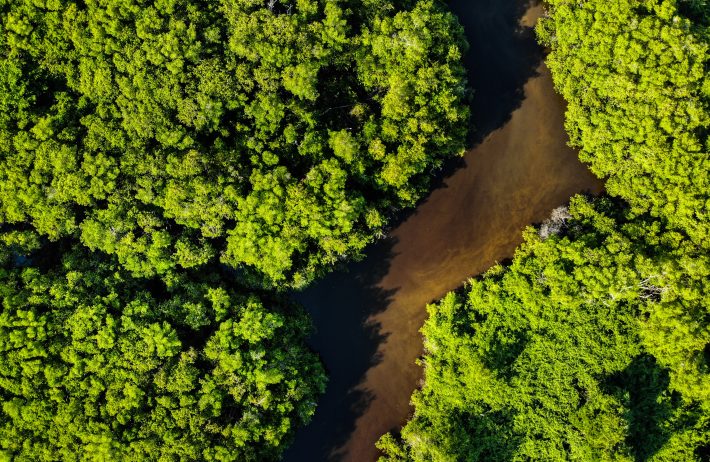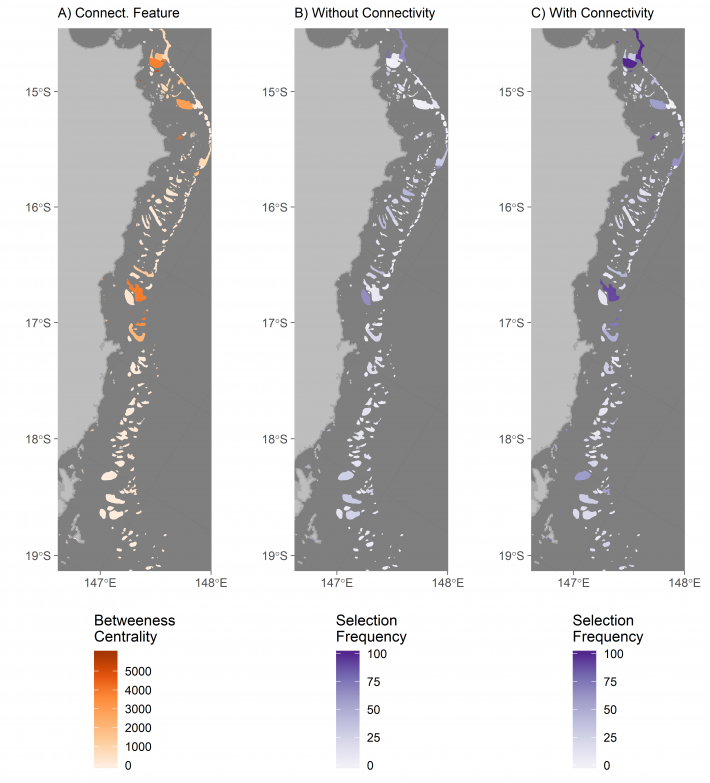New software program could boost protections for animals on the move on land and at sea
Dalhousie University press release.
An international team of conservation scientists has developed an innovative software program to improve protections for wildlife as they roam on land and at sea. The article is published in Methods in Ecology and Evolution.

Researchers from Canada, Australia, the United States and the United Kingdom today released Marxan Connect, a new software interface that includes animal movement in the planning of the global network of protected areas. The team says protected areas are more effective if they are connected to others because animals and their offspring move around.
“Marxan Connect allows conservation scientists and managers to include information on the movement and migration of animals among different areas — also known as connectivity — in their decisions,” says lead author Remi Daigle of the Department of Fisheries and Oceans who developed the software as part of a project funded by the Canadian Healthy Oceans Network II.
They now can identify which of these areas are key to maintaining healthy connected ecosystems.
Protected areas, such as parks, wildlife areas or marine protected areas, are important to conserve biodiversity and provide habitat for threatened species.
Unfortunately, most of them have not been designed with connectivity in mind because of the complexity of the task.

“Identifying and protecting important movement corridors allows animals to move through a landscape or seascape that may otherwise be shared with incompatible human activities,” says Anna Metaxas, a professor in the Department of Oceanography at Dalhousie University.
“With limited resources and time for creating protected areas for biodiversity, we need to avoid designing protected areas that may be too small, too far apart or not in good locations for animals to move, find food and migrate,” says Dr. Maria Beger of the University of Leeds.
Marxan Connect now makes it easier to design good protected area networks with the world’s most used conservation planning tool, Marxan.
Ryan Stanley, a research scientist responsible for Marine Protected Area networks at DFO, says Marxan Connect provides an exciting opportunity to intuitively integrate connectivity into existing conservation and spatial planning exercises.
“Information and insight provided by this new approach will be invaluable for the continued development of the Canadian MPA network,” Stanley says.
Marxan Connect provides standardized tools and systematic workflows that are free and open source. It is available for download at marxanconnect.ca.
A peer-reviewed article describing the software will be published on February 12, 2020 in Methods in Ecology and Evolution.
Read the research for free (for a limited time) here:
https://besjournals.onlinelibrary.wiley.com/doi/10.1111/2041-210X.13349
Media contacts:
Alison Auld, Senior Research Reporter, Dalhousie University; email: Alison.auld@dal.ca; phone: o) 902-494-8483 c) 902-220-0491
Like what we stand for?
Support our mission and help develop the next generation of ecologists by donating to the British Ecological Society.